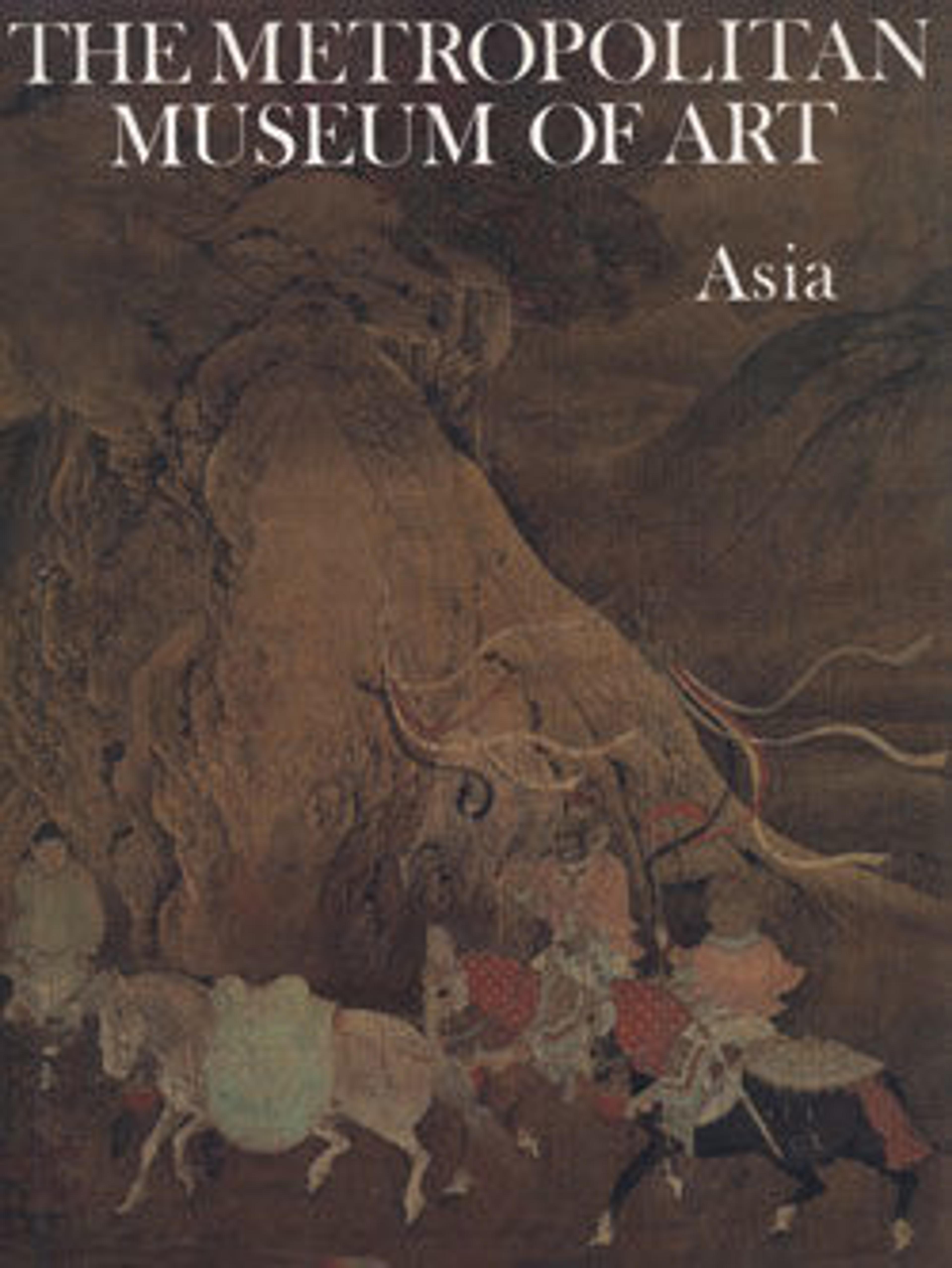Mandala of Chandra, God of the Moon
Chandra, the personification of the moon, and the solar deity Surya have been worshipped in India since antiquity. Here Chandra is surrounded by eight other figures, constituting the full ensemble of the nine planetary deities (navagrahas). The god is enthroned on a chariot driven by his charioteer and seven sacred geese (hamsa), mirroring the seven horses that assist Surya. He is flanked by two female archers whose arrows dispel the light of the sun and thus bring forth the night. The radiant white of the aureole is echoed in Chandra’s body. In the upper register, the five Transcendent Buddhas appear, flanked by two bodhisattvas. In the lower register are three scenes (from left): a Vajrayana Buddhist priest officiating a consecration ritual, celebrants dancing and making music, and the painting’s donor, together with seven members of his family, offering a lamp.
Artwork Details
- Title:Mandala of Chandra, God of the Moon
- Period:early Malla period
- Date:late 14th–early 15th century
- Culture:Nepal (Kathmandu Valley)
- Medium:Distemper on cloth
- Dimensions:Overall: 16 x 14 1/4 in. (40.6 x 36.2 cm)
- Classification:Paintings
- Credit Line:Gift of Mr. and Mrs. Uzi Zucker, 1981
- Object Number:1981.465
- Curatorial Department: Asian Art
More Artwork
Research Resources
The Met provides unparalleled resources for research and welcomes an international community of students and scholars. The Met's Open Access API is where creators and researchers can connect to the The Met collection. Open Access data and public domain images are available for unrestricted commercial and noncommercial use without permission or fee.
To request images under copyright and other restrictions, please use this Image Request form.
Feedback
We continue to research and examine historical and cultural context for objects in The Met collection. If you have comments or questions about this object record, please contact us using the form below. The Museum looks forward to receiving your comments.
